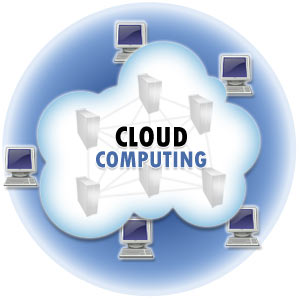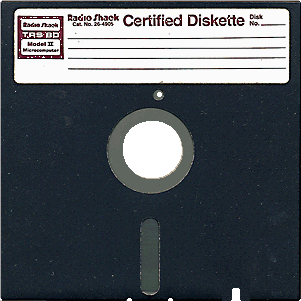 How not to implement a cloud-based information service.
How not to implement a cloud-based information service.
What’s the Cloud? The Internet is The Cloud. GMail, Hotmail, Yahoo Mail are cloud based information services. More technically, these are referred to as Software as a Service, or SaaS. There are also Platform as a Service, PaaS, and Infrastructure as a Service, IaaS.
This post focuses on Software as a Service.
If the three most important things about real estate are Location, Location and Location, then the three most important things about SaaS, or cloud-based information services are Latency, Security and Ease of Use.
GMail, Hotmail, which is now Outlook.com, Yahoo Mail, and Microsoft’s Office 365, are examples of SaaS. So are Internet banking and investing from your personal computer, laptop, tablet or smart-phone. These systems are easy to use. They are as secure as your password and your device. And they generally respond quickly, that is with low latency. When you ask your bank for your balance, it responds quickly. When you press the “Trade” button to buy or sell a stock, the order is sent “immediately.” However, this is not always the case. Not all SaaS products offer immediate response and low latency.
Once upon a time … a company developed software for calculating US Federal and state income tax liabilities and sold this software to accountants. The software company revised the data tables and the calculations each year pursuant to revisions in the tax code for the various jurisdictions. Many of the accountants who were their clients renewed their licenses each year because they became familiar with the software and they had a growing amount of static data about their clients.
Things were great until 2012.
In the good old days, up until 2012, the software company distributed their product to their clients on floppy disk, CD or DVD. The clients would install the software on their PCs and run a local implementation on their PCs; the same way that many of the accountants would purchase a license for MS Word, install it and run it off their local PC. In 2012, after the 2011 tax filing season, the software company sold its intellectual property, in the form of its client list and its software, to a large multinational corporation. The multinational wanted to develop a US Tax software practice, and rather than build it from the ground up, they decided to buy it. They also decided to move the tax software into cloud as a SaaS offering. Why not? E-Mail as a service works for Google, Yahoo and Microsoft. Office as a Service works for Microsoft, and the people who use Office 365. Why distribute the application to all their subscribers? Why not simply allow the subscribers to log in via a secure web portal? Why not migrate into the cloud?
Why not indeed. There were problems. Latency was so high as to be terrible. Because of this, Ease of Use was so low it was negative.
My accountant, a fellow named Jerry, did close to 800 tax returns in 2012, for tax year 2011. He has 2 PCs, a production machine and a hot spare. He works 7 days a week from Jan. 31 to April 15, or April 17 on those years when April 15 falls on a Saturday. Early February is slow, because most of his clients are not ready. On average, each return takes about an hour. Some take more, others take less. Those 800 returns in 2012 took 800 hours in two and a half months. If he worked at that pace all year he would work around 3,800 hours.
But not in 2012. His clients were there, the software wasn’t. The SaaS system simply couldn’t handle the load. Jerry would log on, enter data on one or two or three screens and the system would hang. It wasn’t his internet connection that was hanging, it was the SaaS tax portal. The architects didn’t anticipate the load, the system couldn’t scale, it didn’t have the capacity to offer low latency. It was impossible to use.
Jerry almost had a nervous breakdown – literally. His wife found him on the floor, barely conscious, curled up in a foetal position. He sold his client list to another accountant. He did about 150 returns in 2013 and I think he did about 250 – 300 in 2014. This cut his income by 60%.
High Latency, Low Ease of Use. This failed the first two tests for Software as a Service in the Cloud. As to the third test, Security, well, I don’t know how secure it is. While I am sure it is more secure than at least some accounting firms, I imagine that because of it’s footprint it is certainly less anonymous than most small accounting firms.
–
Larry Furman, the Director of Information Technology for a law firm in New York City, and a Systems Engineer with Popular Logistics, holds a BS in Biology and Computer Science and an MBA in Managing for Sustainability. Available for consulting, he can be reached at “lfurman97” at G Mail.

